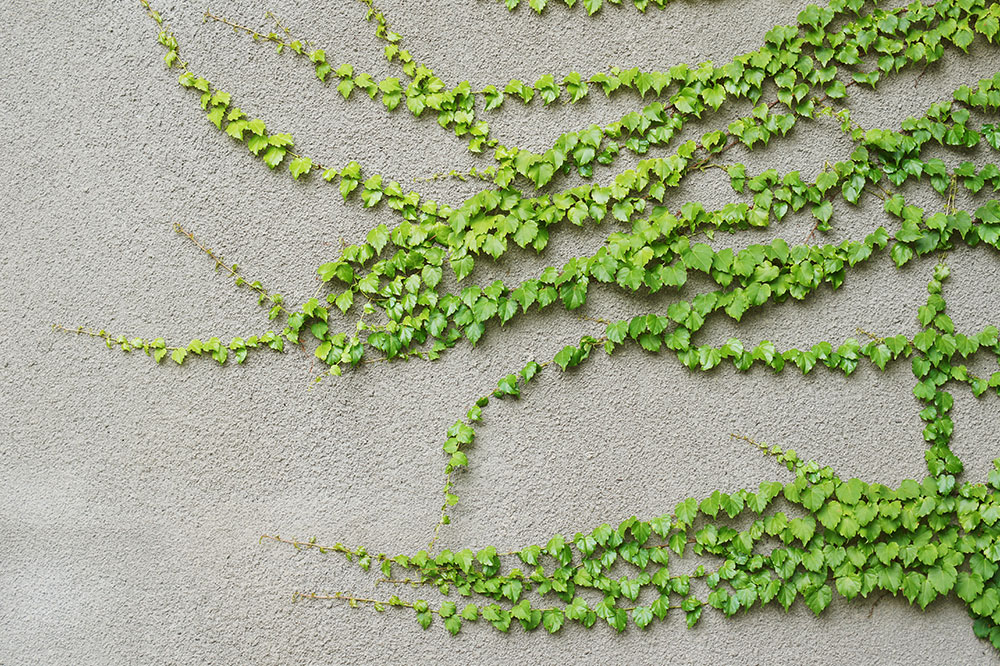Simple Ways to Effectively Get Rid of Creeping Charlie
Weeds tend to grow and hide amid other lawn vegetation, making it difficult to notice them. Despite their ability to blend in, these overgrowths of unwanted greenery can affect the growth of other plants and flowers, ruining the home garden. Creeping Charlie is one of the most common types of overgrowth that spreads rapidly when left unchecked. Fortunately, there are many ways to address this problem without needing to employ professional services.
Shop for all the basic supplies first
How do you get rid of creeping Charlie? Well, not immediately, at least. You’ll need to shop for some tools for carefully and effectively tackling this growth.

Prune and uproot
Smaller saplings and clusters that are not too crowded can be easily trimmed off by hand. But before you even touch the plant, wear full-sleeve length clothing to prevent skin contact and lower the risk of an allergic reaction. You must start by pruning the plant to expose the main roots. Pruning also prevents you from accidentally yanking out any bloom shrubs or plant stems that get entangled with the weeds. Also, cutting off the loose vines and trimming down the sapling makes it easy to grip the plant by the roots and pull it out. If the ground is dry or too dusty, it’s advisable to water down the soil to make it moist and further weaken the roots. Pulling out weeds does not always guarantee permanent removal as creeping Charlies can produce hundreds of thousands of seeds to scatter around the plants. However, this can be a temporary answer to the question ‘how to get rid of creeping Charlie.’
How to get rid of creeping Charlie naturally or organically
Covering up the growth
There is another laborious but effective way to prevent creeping Charlie growths from spreading in the garden. These weeds require a lot of sunlight to grow, so smothering the entire patch of growth and preventing direct exposure to vitamin D will slowly wear out the plants. In a few days’ time, the weeds will wither away. You can easily sweep off and remove anything that is left behind, including the roots of the dead weeds. But know that this technique is only effective for larger patches that grow isolated in the garden. Simple materials like cardboard sheets and some heavy rocks to hold these sheets down can be just as effective as using a dark-colored plastic tarp. It’ll take no more than a week for this technique to render the complete patch of weeds ineffective.
Use a potent herbicide
Experts also suggest using a potent herbicide to naturally help remove and prevent creeping Charlie growths. For larger patches that are too deep-rooted, it’s always best to use a commercial-grade solvent that is both lawn friendly and effectively gets the job done. Note that some potent herbicides also kill the grass and plants growing around the creeping Charlie patches. But there is a simple way you can avoid resetting the entire lawn. Use a pump or sprayer tool to mist the solution that is diluted with water directly on the weeds. Always wear protective gloves, glasses, and masks when using chemicals. Also, try and carefully avoid any other foliage in the area so you don’t have to uproot and replant healthy patches of the garden. Use a piece of cardboard or plastic wrap to cover the other plants. Once the weed growths wither away, all you need to do next is rake the entire plot and use some natural nitrogen-fixing fertilizer to prepare the soil. The final step is to replant and reseed the patch that is now weed free.
Make a DIY weed-killer solution
You can even use some readily available ingredients to make a potent weed herbicide. Apple cider vinegar, salt, and dish soap are all the ingredients you need to make a safe and effective homemade solution. Vinegar and salts are the two of the worst compounds for growing weeds where vinegar weakness the plant fiber, and salt dehydrates the plant, drying it out completely. The dish soap further activates the apple cider vinegar to speed up this process. For reference, you can start by mixing an ounce of dish soap with a gallon of apple cider vinegar. Add just one tablespoon of salt to start the reaction, and use a sprayer apparatus to douse the weeds in the potent solution. Slowly but steadily, you will notice the weed growths withering away.
Note that every technique has its merits and problems when it comes to application. So, you’ll have to consider the total area, type of growth, and extent of damage done before deploying these countermeasures and understanding what’s the best way to get rid of creeping Charlie is a certain case.


